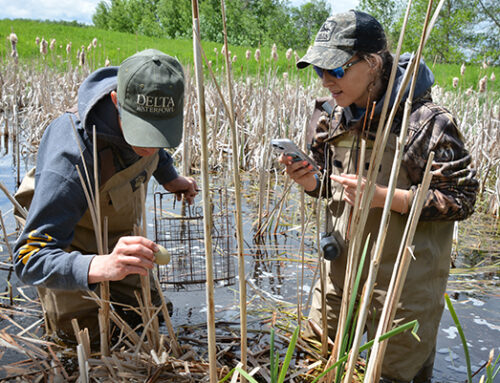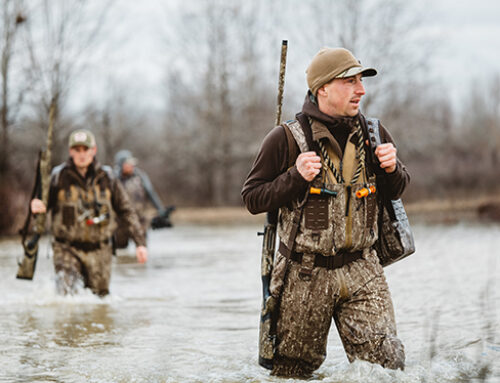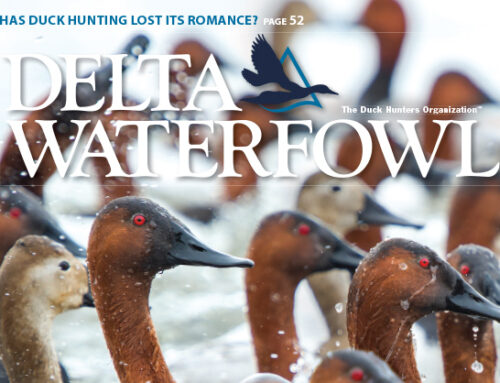Breeding Duck Numbers, Pond Count Down in North Dakota Spring Survey

Spring breeding duck numbers in North Dakota are lower than last year, according to the North Dakota Game and Fish Department.
Results of the state’s annual spring breeding survey conducted in May showed an index of 2.8 million ducks, a decline of 4.9 percent from 2017. Despite a fourth straight drop, the count remains 16 percent above the long-term average (1948 to 2017).
“Duck numbers are still hanging on, but are certainly better in some local areas,” said Mike Szymanski, migratory game bird supervisor for the North Dakota Game and Fish Department.
Survey results indicate only shovelers (up 9.8 percent) and wigeon (up 7 percent) increased from their 2017 estimates. Mallards were stable (down 1.4 percent), while green-winged teal showed the largest decrease (down 20.1 percent). Gadwalls declined 2.6 percent, blue-winged teal 13.4 percent, pintails 9.9 percent, redheads 17.2 percent, canvasbacks 4.7 percent, lesser scaup 3.7 percent and ruddy ducks 13.6 percent. However, with the exception of pintails, blue-winged teal and ruddy ducks, most species are well-above the 70-year average.
Szymanski also noted a surprising lack of breeding effort on the part of Canada geese during the survey.
“We can attribute that to the late spring and overall dry conditions,” he said.
The water index, a key barometer of duck production, indicates declines among temporary and seasonal wetlands, which are critical to duck production. The wetland index was down 34.1 percent from last year, and sits 29 percent below the long-term average.
“That was mostly felt in the shallow waters,” Szymanski said. “Similar to last year, there were a lot of wetlands that weren’t in good shape and were close to drying up.”
However, Szymanski said June rainfall has improved wetland conditions since the survey.
“If rain continues over the next month, wetland conditions in some regions will be conducive to raising broods,” he said.
North Dakota is a key breeding state contributing ducks to the fall migration in the Central and Mississippi flyways. A more comprehensive fall-flight outlook will be available in August, when the U.S. Fish and Wildlife Service is expected to release its 2018 Waterfowl Breeding Population and Habitat Survey.






Leave A Comment